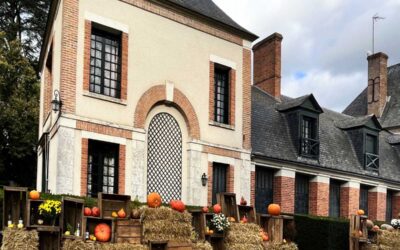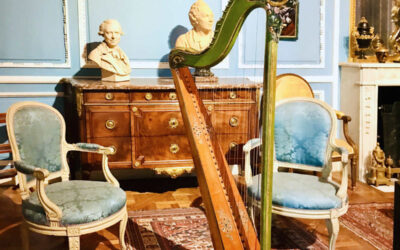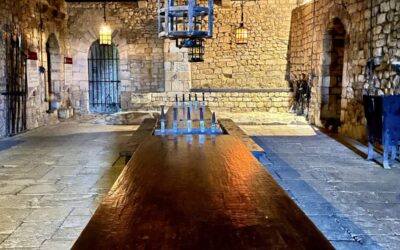When French King François I married his younger son to an Italian noblewoman named Catherine from the powerful Medici family, it was solely because she came with a large dowry. The woman was never meant to be Queen of France.
But various twists of fate would make Catherine de Medici Queen Consort of France, and then Regent, ruling in the name of her underage son. Her reign was not to be a happy one however, with many believing her to be cursed.
She became known a malicious queen, known for her use of poisons and superstitions. It didn’t help that she was an outsider from the duplicitous Medici family.
A fervent Catholic, Catherine was not afraid to put her enemies to death. She pitted Catholics and Protestants against each other, resulting in one of the most calamitous religious civil wars in French history.
Catherine de Medici is famously remembered as the “Black Queen” of France, a woman cursed to lose all her children. So let’s find out how this Italian noblewoman became Queen of France, with a few interesting facts and history of Catherine de Medici. Allons-y!
1. She was born in Florence, Italy.
Catherine de Medici was born in 1519, in Florence in what is now in Italy. At the time however, Florence was in independent republic, where the powerful Medicis ruled supreme.
The Roman Catholic Pope at the time, Leo X, was a Medici and Catherine’s great-uncle. He had arranged for the marriage of her parents, Lorenzo de’ Medici, Duke of Urbino to the French Countess Madeleine de la Tour d’Auvergne who was related to the French King François I.
2. Her parents both died a month after she was born.
Baby Catherine was orphaned a month after her birth, with both her parents dying of puerperal fever. King François I offered to raise the baby, but she remained in Florence under the care of the Pope and the Medicis.
The death of Pope Leo in 1521 briefly interrupted Medici power until another uncle was elected Pope Clement VII in 1523.
In 1527, the Medici were overthrown in Florence and 8-year-old Catherine was taken hostage for 3 years.
3. She was married to the French prince Henry in 1533.
Once Pope Clement managed to rescue Catherine, he set out to find her a husband. Although she was rich, she was not of royal blood. When they were both 14, she married to Henry, the second son of the French King in 1533.
However, a few months later Pope Clement would die, and the next Pope saw no interest in continuing to pay Catherine’s dowry. She was shunted aside, with her husband pursuing affairs with Catherine under pressure to have children.
4. Her brother-in-law dies, putting her husband in line to the French throne.
In 1536, Henry’s older brother, also named Francois, caught a chill contracted a fever and died shortly after, leaving Henry and Catherine as the Crown Prince (Dauphin) and Princess (Dauphine).
Suspicions of poison abounded, but no proof was ever found. Catherine de Medici was known to have a fondness for the occult and poisons, and various accusations of poisoning would follow her for the rest of her life.
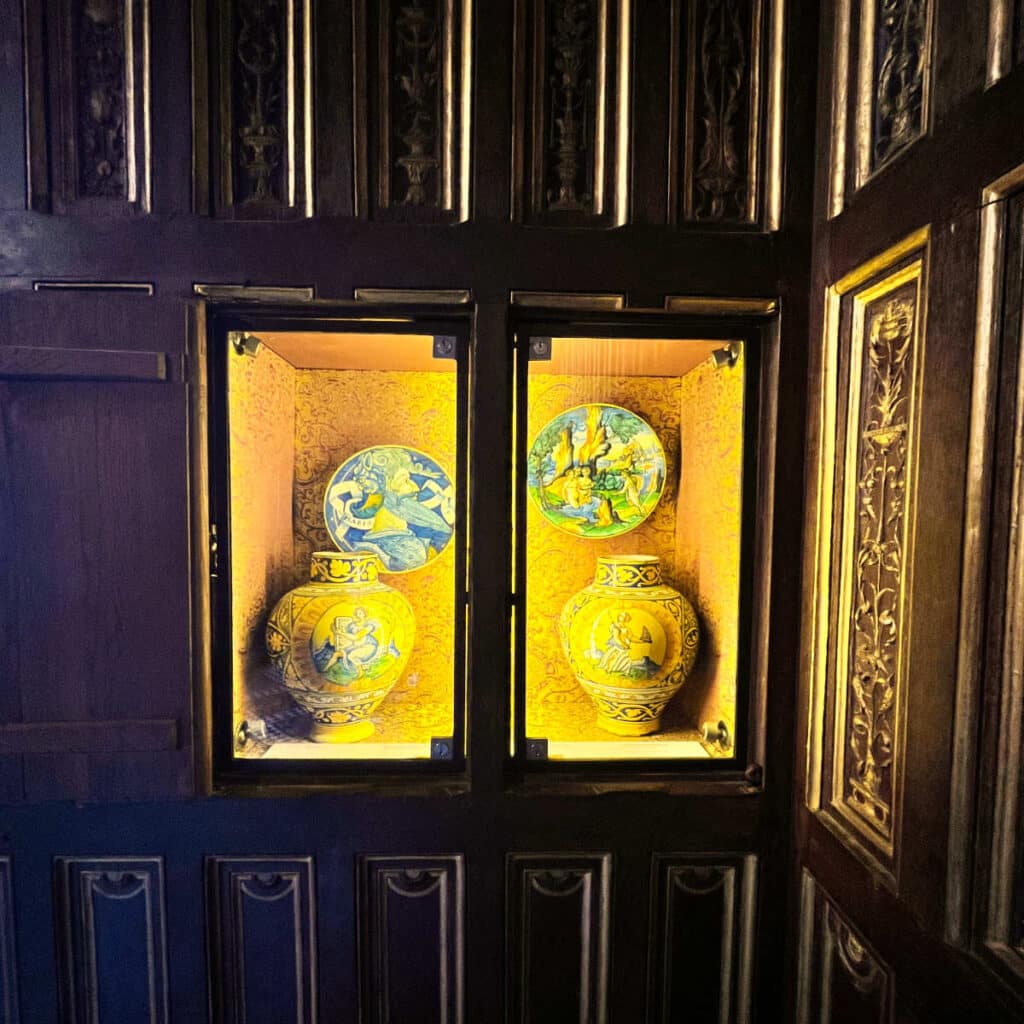
5. She became desperate to have children.
Young Catherine was now under immense pressure to become pregnant, and began taking all sorts of exotic medications and trying eccentric techniques.
Her husband Henry had already produced children out of wedlock, so divorce was considered. She finally gave him a son in 1544, also named François.
6. She became Queen at the age of 28.
When King Francois I died on 31 March 1547, 28-year-old Catherine became queen consort of France. She was crowned in the basilica of Saint-Denis on 10 June 1549, like other royals before her.
7. She would go on to have a further eight children.
Once Catherine and Henry figured out how to work with each other in the bedroom, having been seen by doctors and specialists, they would go on to have a further eight children (a total of 10 children).
Six of their children would survive infancy, including 3 of them becoming King and 2 Queens. All was not well in the marriage however.
8. She was jealous of her husband’s mistress, Diane de Poitiers
Henry II had fallen in love at 19 with a beautiful 38-year-old woman named Diane de Poitiers. Catherine had long been sidelined and left powerless, while Diane took center stage becoming Henri II’s advisor and lover.

It is for Diane de Poitiers, that Henry II constructs the famous Château de Chenonceau on the water, in the Loire Valley. Catherine would have her revenge however.
9. Her husband died at in 1559, leaving their young son as King.
In 1559, Catherine’s husband King Henry II took part in a jousting match, sporting Diane’s black-and-white colours. When the young Gabriel, Comte de Montgomery, knocked him half out of the saddle, Henry insisted on riding against Montgomery again to fatal consequences.
For 10 days he fluctuated, finally dying at 40 years old. Diane had been banished from his bedside, and Catherine’s eldest son Francois II became king at the age of 15.
10. She seized Château de Chenonceau after her husband’s death.
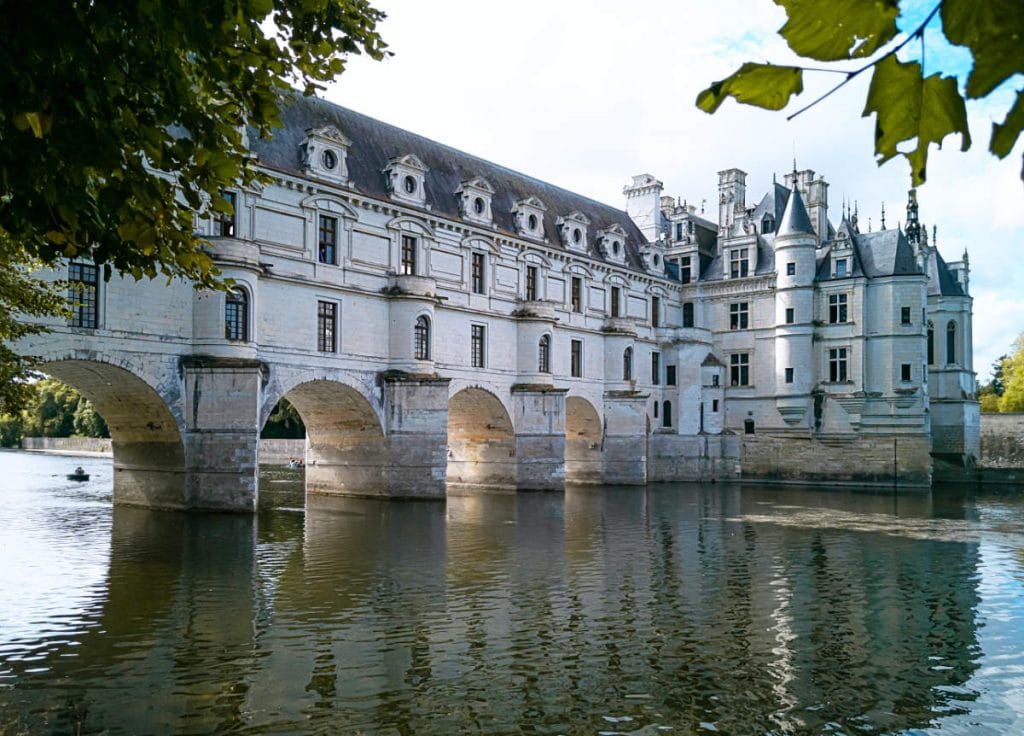
After her husband died, Catherine quickly seized the Château and banishes Diane. She forced Diane to exchange the Château de Chenonceau for another castle nearby in the Loire Valley, Château de Chaumont which was less grand.
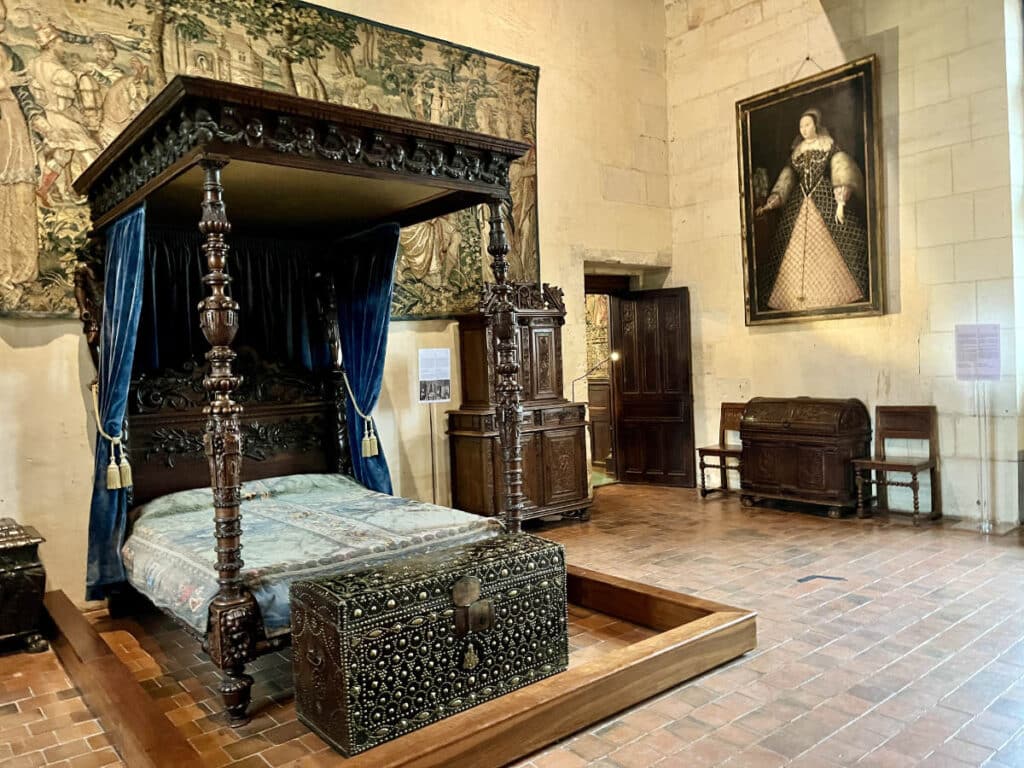
11. She married her eldest son Francois II to Mary Queen of Scots.
The year before her husband’s death, Catherine had married her oldest son François II to Catholic Mary Queen of Scots in an alliance against the Protestant English. Mary Queen of Scots was now also Queen of France, with Catherine becoming Dowager Queen.
Her son was deemed old enough to rule at 15 when he came to the throne. But he soon died of illness, putting his younger brother Charles IX on the throne.
12. Catherine becomes regent.
Her son, Charles IX was only 9 when he came to the throne, so Catherine managed to get herself declared Regent of France with sweeping new powers. By certain historians’ accounts, Catherine was now the most powerful woman in 16th-century Europe.
She was so powerful, that as regent to her son Charles IX, she changed the 1st day of the New Year from the old Julian calendar to January 1st. Eventually, the Pope in Rome followed her lead for all of Christendom, giving us today the Gregorian calendar. (In doing this, she may also have introduced April Fool’s day.)
13. France was in civil war under her reign.
Luck would not be on her side, however. With Catherine in charge, France was in full out civil and religious war, as Catholics in Paris and Protestant Huguenots in the south of France fought each other. Over 3 million French people are believed to have died during this period, making it one of the deadliest religious wars in Europe.
14. She made Nostradamus her counsellor.
At around this time, a doctor and apothecary named Michel de Nostradame (latinized to Nostradamus) came to the attention of Catherine de Medici.
Given the fears of the era and his study of medicine, mathematics, astronomy, and the occult, he wrote his famous book “Les Prophéties (The Prophecies). The French Queen Catherine de’ Medici became one of his greatest admirers.
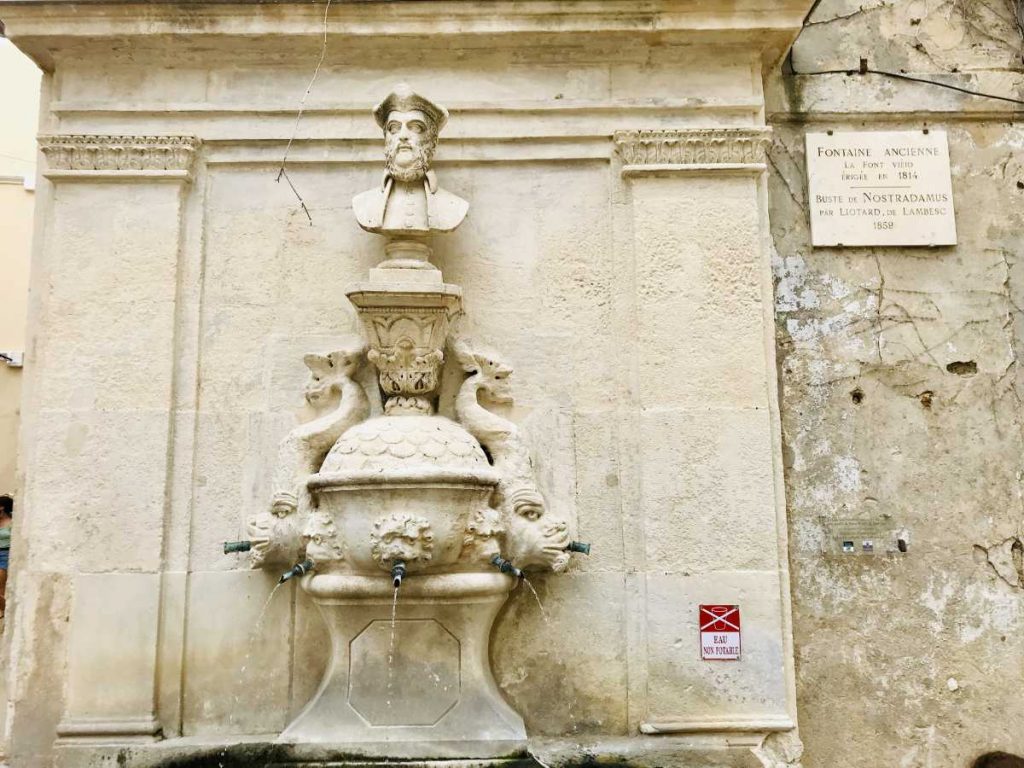
With his writing hinting at unnamed threats to the royal family, she summoned him to Paris to explain them and to draw up horoscopes for her children. As regent, she would make him Counselor and Physician-in-Ordinary to her son, the young King Charles IX of France.
15. She had a passion for architecture.
With the Medicis known for their love of art and architecture, Catherine showed a similar desire to leave her mark. She started building and doing renovations at Château de Montceaux, Hôtel de la Reine, Château de Saint-Maur, and Chatêau de Chenonceau. She was closely involved in the planning and supervising of her buildings, as well as their surrounding gardens.
16. She began building a new palace in Paris, the Palais des Tuileries.
After her husband’s death, Catherine began construction of a new royal palace right next door to the Palais du Louvre, the Palais des Tuileries and is extensive garden.
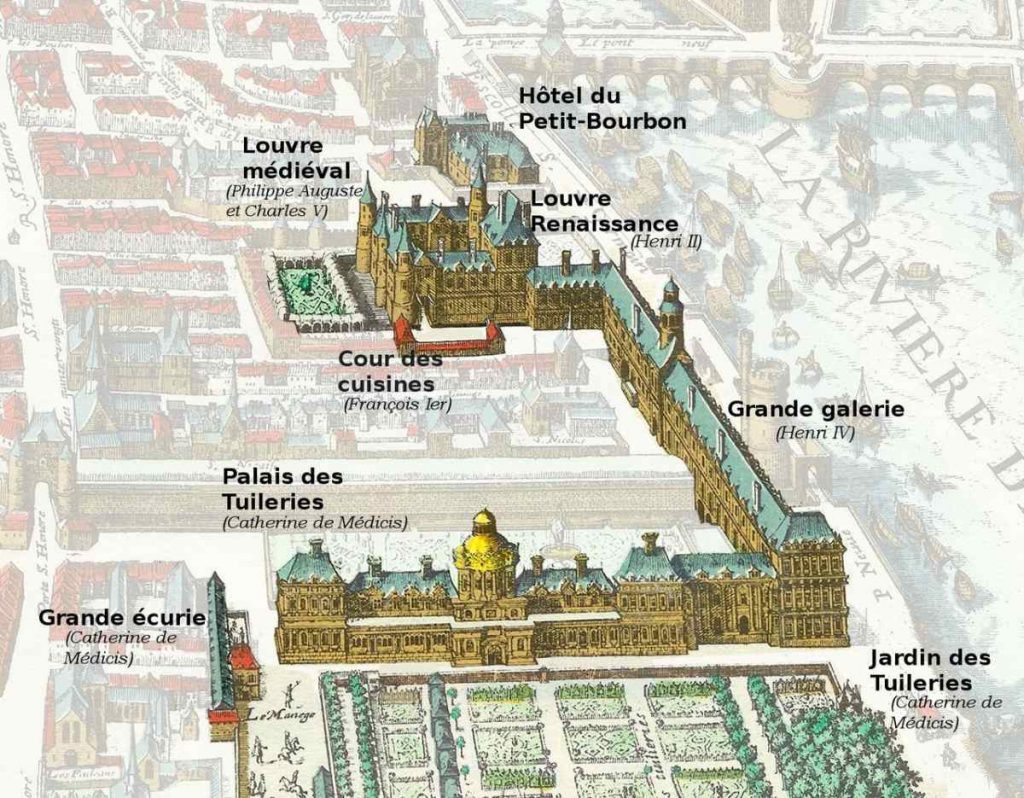
She did not much get to enjoy it however, as work came to an abrupt halt due to the religious conflict, and did not continue until after her death. (Catherine’s son-in-law, King Henri IV, would continue to expand the Palais du Louvre and the Palais des Tuileries, with the intention of connecting the two.)
17. Her 3 daughters were married to 2 Kings and Duke.
As one of the most powerful rulers in Europe, Catherine was able to marry her daughters well.
The eldest daughter Elisabeth of Valois married at 14 and became Queen of Spain, as the third wife of King Philip II of Spain. They fell in love, but she died during childbirth. After the death of Elisabeth, Catherine de’ Medici offered King Philip of Spain her youngest daughter Margaret as a bride, although he declined the offer.
Her middle daughter Claude was married to the Duke of Lorraine at the age of 11, and would die at 27 also in childbirth, after 8 children. Lorraine at the time was not a part of France, but a nearby duchy.
The youngest, Margaret (Marguerite) of Valois, was married at 19 to Henry de Bourbon of Navarre, a Huguenot and Protestant. It was hoped this union would strengthen family ties, as the Bourbons were part of the French royal family and end the Wars of Religion between Catholics and Huguenots.
Henry of Navarre was the same age as Princess Margaret and much hope rested on their marriage. It would not get off to a good start however.
18. Catherine de Medici’s role in the St. Bartholomew’s day massacre
Henri of Navarre is protestant, and marrying Catholic Margaret was meant to put an end to the wars of religion between the Catholics and Protestant Huguenots. Instead, there was a rather brutal massacre outside the Louvre Palace a couple of days after their wedding,
With the bride and groom staying at the Palais du Louvre, both Protestants Huguenots and Catholics had descended on Paris to be present at the marriage. It is said that Regent Catherine knew the massacre was going to occur and saw it as an opportunity to get rid of her enemies.

It is believed that her middle daughter Claude tried to get their mother to warn her youngest daughter Margaret not to go, but that Catherine insisted she couldn’t be told as it it would tip off the Huguenots.
Estimates, the number of dead across France vary from 10,000 to 30,000 people at the end of the St. Bartholomew’s day massacre.
19. Her 3 sons died without an heir.
Catherine’s middle son Charles IX gained his majority at 18, but he would die of illness at 23. With another son having died in infancy, Catherine’s youngest son Francis, the Duke of Anjou would also die at the age of 29.
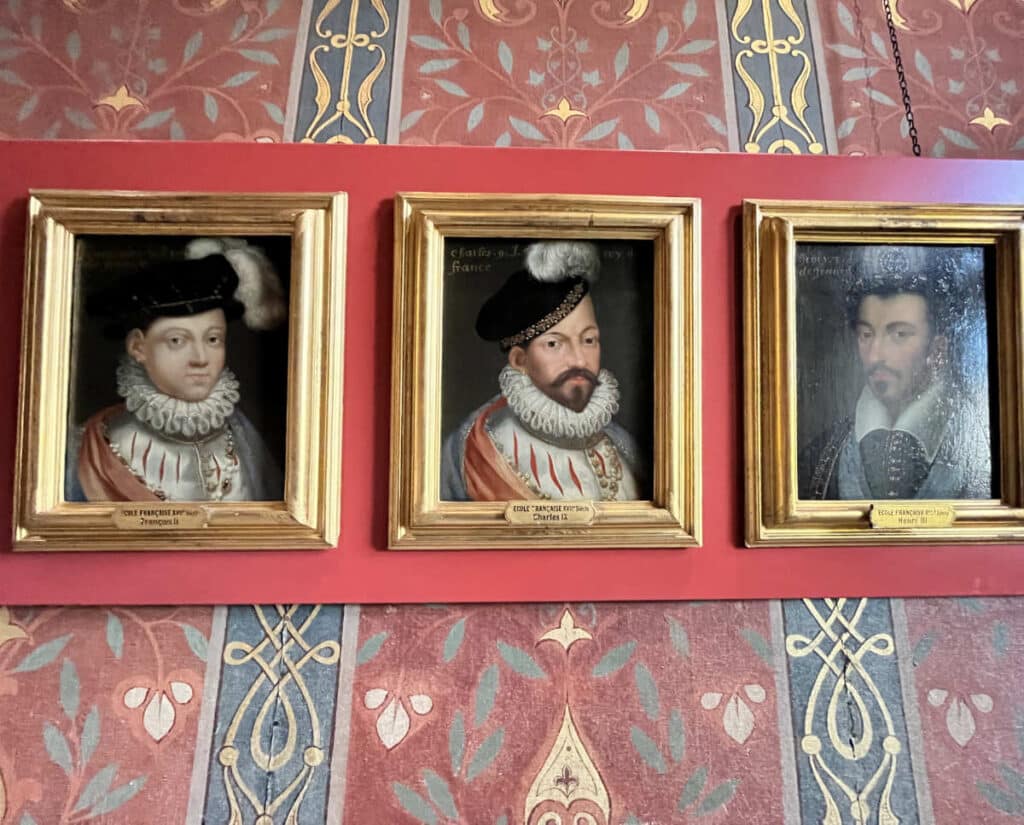
The throne would go to another son Henry III, who was so deformed (like some of her other children) it soon became clear he would never have children.
20. She died at the age of 69.
Dowager Queen Catherine de Medici would die at the age of 69. Because Paris was held by the Huguenots at the time, Catherine was buried provisionally at Blois. Years later she was reinterred in the Saint-Denis basilica where other French royals were buried.
In 1793, a revolutionary mob tossed her bones into a mass grave along with those of the other kings and queens.
21. Her son-in-law Henry IV became King.
Her last remaining son Henri III would die 8 months after her at the age of 27. With her sons dead, and one daughter already married to the King of Spain, the French throne would go to Catherine’s daughter Margaret and son-in-law Henri IV (Henri of Navarre) in 1589.
It would take Protestant King Henri IV turning to Catholicism, with the famous quote “Paris is worth a mass” to restore some semblance of peace across France.
However, he and Marguerite would get their marriage annulled in 1599 as she was unable to give him a child. Thus Catherine de Medici would never see a grandchild of her blood sit on the French throne.

If you enjoyed that article, you may like to read more about other French royals. A bientôt!

